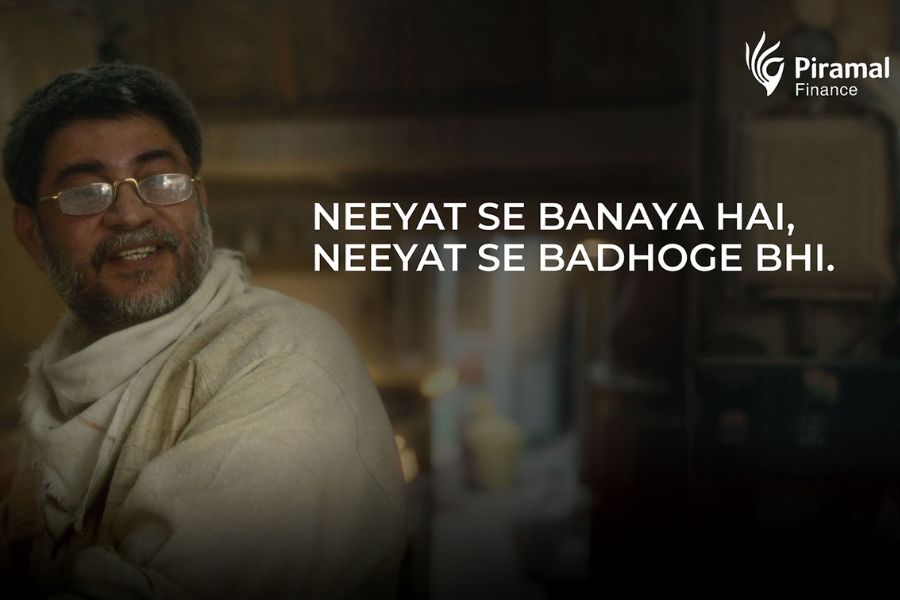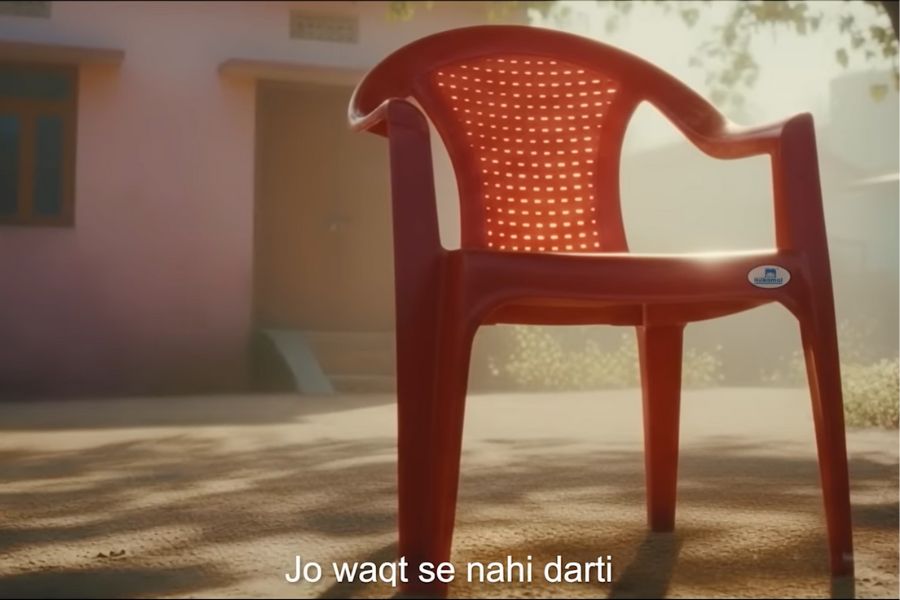Of late, we’ve been informed…or rather, inundated by a deluge of reports on what the lockdown has done to people – either to their health or to their jobs, or to their minds. These have either been experts’ own views, or based on analysis of social media feeds.
As helpful as they are, these reports are based on voicings of the vocal minorities. However, we know India is a land of the silent majorities. India is a land of traders and shopkeepers, of maids, of homemakers, of blue collar workers, of white collar workers, etc. They’re the real market of India, and they’re not airing their travails on Twitter, nor are they posting their grim realities on Instagram.
Heartless as it may seem in hindsight, the lockdown could be defined as the biggest social experiment in the world. An experiment, that we now know, was exigent. It is always illuminating to observe people’s minds during crisis’ and calamities, as that really tells us what people deep down are like. Project ‘As Is’ started with a simple question on the first day of the first 21-day lockdown. When people are unnaturally forced to stay at home over a long period of time, what would they feel about various aspects of life, and importantly, how would those feelings change over the entirety of the lockdown? We were all very naïve to believe that it was indeed going to be a 21-day lockdown. The fact that it has exceeded 100 days has only helped our study. The longer lockdown period made both – the change in circumstance, and the evolution of the mind more pronounced. We identified more than 60 participants across 11 cities for this study, and went to them (Whatsapp audio and video calls) for conversations three times – once at the very beginning of the lockdown, once in the middle, and then after 60 days. So, in a nutshell, these insights come from over 180 conversations done by planners and researchers. We deliberately used the same questions in all the three phases, and expectedly, got different answers. It has been fascinating to observe the evolution of the mind’s response to a crisis.
Why ‘As Is’?
Simply, that is what it is. A study of what people are feeling, in that moment – and when you see these feelings evolve over a people of time, they in a way tell you about the state of the heart (or of various hearts) in India today – as is.
What follows in today’s piece is a first short three-minute video (above) of the key insight of one of the six cohorts that we identified and examined. We believe that research design needs to be innovative, and even research findings need to be shared as interestingly as possible. So rather than through reams of presentation slides, an animated video format seemed right.
Everyday, through this week, we’ll share the key insight of one cohort – through a short video – a story, an anecdote, or a song. We’ll wrap up this series with the last video and the conclusive summary next Monday.
Till then, see a snippet everyday of what one cohort of the silent majority of India feels, but doesn’t show.
Today’s insight – from the ‘blue collar’ cohort
It is apt that we start our series by putting a spotlight on a set of people rarely represented on these pages – the blue collar worker of India. An article published by the Economic Times in April 2020, estimated that the salaries of about 100 to 120 million blue-collar employees in India has taken a hit due to Corona Virus (Kar & Shrivastava, 2020). Now that is a large number of people affected. Take a look at this short video to see how!
The author is founding partner, The Womb.



